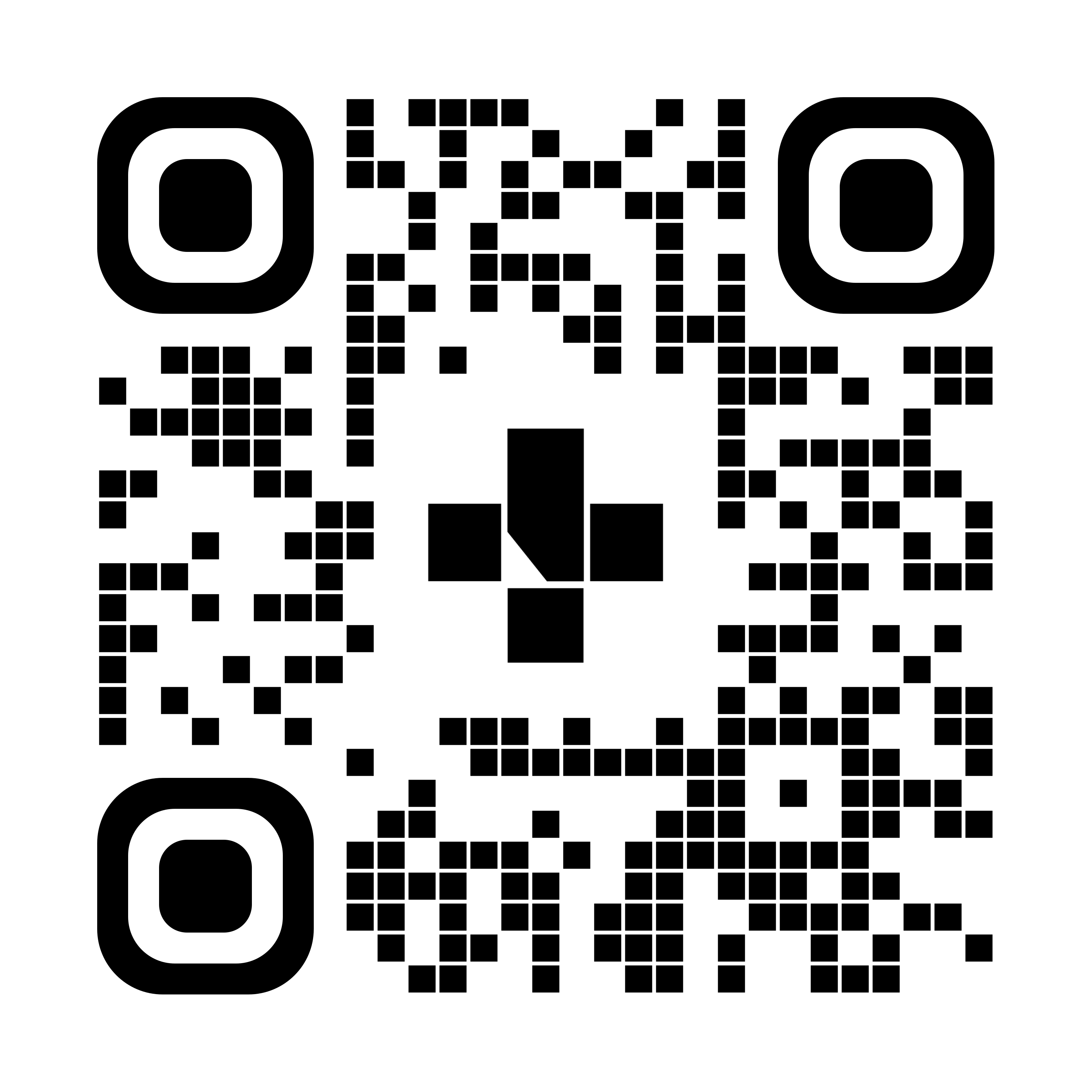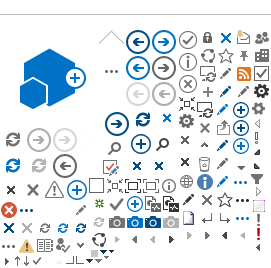Sentinel Node Scan
Test overview
Lymph nodes are small, bean-shaped glands throughout the body that carry immune cells, fluid, nutrients, and waste material between the body tissues and the bloodstream. There can be several lymph nodes in one area of your body. A sentinel node is the first lymph node in the chain of lymph nodes that are draining from an area of your body. The sentinel node test is done to find the first lymph node in the lymphatic drainage pathway in the area that is being checked.
A radioactive tracer is injected to find sentinel lymph nodes. This is usually done in the Nuclear Medicine Imaging Department. The test may also include some imaging (scans) after the injection. These scans or images help your surgeon find the sentinel nodes for biopsy. Examples of areas of interest include breast, skin, or other tumours.
During a sentinel node scan, a small amount of radioactive tracer is injected into, or just under the surface of the skin around the area of your body that is being checked. The tracer travels through your tissues and is picked up by your lymphatic system. Over time, the tracer will begin to collect in the sentinel node draining that area. The tracer may continue to flow to subsequent nodes in the lymphatic chain. At this point, the first node (and possibly additional nodes) may be imaged and marked with a felt marker directly on your skin.
Why is it done
The scan is done to help with the removal of your lymph nodes during a biopsy. If a marking is made on your skin, it will show the surgeon where to find the sentinel node that needs to be removed. In addition, the surgeon can use a handheld Geiger counter to detect the radioactive tracer that has collected in your lymph nodes. This allows them to more accurately locate the sentinel node.
How to prepare
There is no special preparation needed for this test.
How is the test done?
Before the test
- You will need to remove any jewellery that might interfere with the scan.
- You may need to take off some of your clothing, depending upon the area of your body that will be scanned. You’ll be given a hospital gown to change into.
- For some types of sentinel node injections, a technologist may apply some numbing cream on the skin.
During the test
The test may take place in two parts.
Part 1: Injection
- You will be asked to lie on an exam table with the area of your body they need to check visible to the injector.
- The injection sites will be cleaned. Local anesthetic (freezing) may be administered to numb the area.
- Depending on the area of your body and type of cancer, 1 to 4 injection sites may be used for the radioactive tracer.
- A small needle is used to inject the radioactive tracer just under the surface of the skin at each injection site.
- You will be asked to gently massage the injection sites to help get the tracer into the lymphatic system.
Part 2: Imaging (if required)
- Not all tests will need imaging (scans). Diagnostic Imaging staff will give you more information when you arrive for your appointment.
- If imaging is needed, you will lie on the imaging table. Otherwise, the injection may be performed while you are on a stretcher.
- You’ll need to lie very still with the area of your body that’s being checked exposed to the camera. For example, when imaging the lymph nodes in your armpit, your arm must be raised above your head for several minutes. The technologist will help to make sure you’re as comfortable as possible.
- You may be asked to change positions for each different view.
- The camera will be positioned close to your body.
- The camera will take pictures, and the location of the sentinel lymph nodes will be marked directly on your skin using a sterile surgical marker (permanent felt pen). Some waterproof tape may be placed over the marked area to protect it from being washed off accidentally.
- If the sentinel node is not visible, you may be asked to return for more imaging. The diagnostic imaging staff will provide you with another appointment time.
After the test
- If you had a small mark put on your skin indicating the location of your sentinel node, you may shower like usual, but do not wash the marking from your skin. This marking is placed to help your surgeon locate your sentinel nodes during your biopsy.
- Follow the instructions provided by your surgeon for your biopsy appointment.
How does it feel?
The radioactive tracer is injected using a very small needle right under the surface of the skin. You may feel a small pin prick when the needle is inserted, and a slight burning sensation when the tracer is injected. This is normal and usually passes quickly.
How long does the test take?
The length of the test will depend on the protocol followed for your specific situation. The diagnostic imaging department will give you this information when you arrive for your appointment.
What are the risks of the test?
We are exposed to ionizing radiation in our normal environment all the time. This causes minor damage to cells or tissues that the body almost always repairs. Anytime you’re exposed to additional ionizing radiation, such as for imaging tests, you can have a slight increase in the amount of cell and tissue damage compared to natural background radiation. That's the case even with the low-level radioactive tracer used for this test. However, the risk for any significant damage is extremely low compared to the benefits of the test.
What happens after the test?
Most of the tracer will leave your body within a day. The amount of radiation in the tracer is very small. This means there is no risk for people to be around you after the test.
Related information
Sentinel Lymph Node Biopsy: About this test
Sentinel Node Biopsy for Breast Cancer: Before your procedure
Sentinel Node Biopsy for Breast Cancer: What to expect at home
To see this information online and learn more, visit MyHealth.Alberta.ca/health/aftercareinformation/pages/conditions.aspx?hwid=custom.ab_sentinel_node_scan_inst.

For 24/7 nurse advice and general health information call Health Link at 811.
Current as of: November 15, 2024
Author: Diagnostic Imaging, Alberta Health Services
This material is not a substitute for the advice of a qualified health professional. This material is intended for general information only and is provided on an "as is", "where is" basis. Although reasonable efforts were made to confirm the accuracy of the information, Alberta Health Services does not make any representation or warranty, express, implied or statutory, as to the accuracy, reliability, completeness, applicability or fitness for a particular purpose of such information. Alberta Health Services expressly disclaims all liability for the use of these materials, and for any claims, actions, demands or suits arising from such use.
